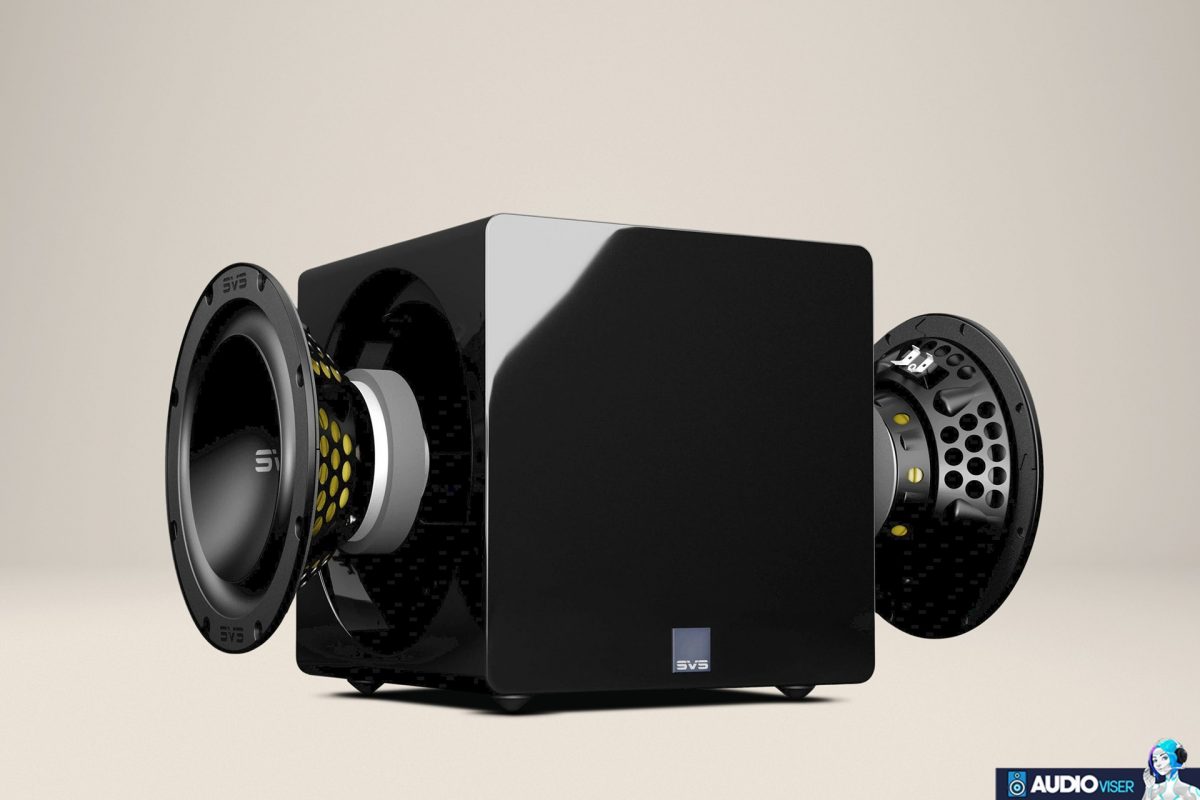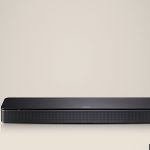
Perhaps You’ve recently acquired a subwoofer, and everything appears to be fine until you notice some crackling noises and distortion.
Now you are getting skeptical if the subwoofer is blown-out or it just doesn’t sound good.
When your subwoofer is blown out, you will usually hear incredibly distorted sounds, and your overall experience will be destroyed.
Don’t worry; in this blog, I’ll show you how to test your subwoofer so you can rest assured that it’s working properly.
Let’s get right to the point without wasting any more time.
How can I tell whether my subwoofer is functioning properly

The first thing you should do before testing your subwoofer makes sure it’s working properly.
The first step is to connect it to an electrical outlet. If you switch it on and they don’t produce any noise, they’re probably broken.
Because your subwoofers create noise, it’s easy to know if they’re working. As a result, there are no issues if the sound is being produced.
However, things aren’t as simple as they appear.
It’s possible that sounds are still coming from your subwoofer, but that doesn’t guarantee it’s functioning properly.
It may create undesirable frequencies in the subwoofer’s intended range, such as fuzziness or distortion.
This means that the subwoofers have a specific frequency and must emit an audible sound so that you can detect if they’re working properly.
How to notice that the subwoofer is blown-out?
We’ll need to listen closely to check if the subwoofer is blown out now that you’ve made sure it’s not broken.
When the sounds are distorted or break in between frequencies, you know your subwoofer is blown.
Apart from that, if the sound quality of your subwoofer begins to deteriorate, it is possible that it has blown out.
However, you can’t determine if it’s blown out or has other problems just by listening to it.
As a result, you must test your subwoofer to determine whether it is blown out.
How to Test Subwoofer
There are two ways of testing your subwoofer, one would be with a multimeter and the other one would be without Amp.
Multimeter Method and Subwoofer’s Voice Coil
The simplest and most popular way is to use a multimeter.
A multimeter is a device that measures electric current, voltage, and, in most cases, resistance over a wide range of values.
You’ll be able to check the voice coil resistance this way(the voice coil is fixed on positive and negative terminals), which is basically what informs you if the subwoofer has blown out.
- First thing first: turn off the subwoofer and remove it from the power source.
- The next step is to simply disconnect it from any wires or connections that it is connected to or that surround it.
- The next step would be to locate your subwoofer’s voice coil. There are various subwoofers, each with its own method of the voice coil.
- After you’ve gotten your hands on the voice coil, connect it to the multimeter. Make sure you connect to a positive terminal.
- In the end, with your multimeter turned on, you should be able to view the resistance of your subwoofer.
You will be able to tell the outcome in this way.
If your multimeter shows 1 ohm or greater as resistance, it’s likely that your subwoofer isn’t blown out.
The voice coils, on the other hand, are harmed if there is no resistance in the multimeter.
Worse, if it shifts noticeably, it implies that they are blown and it’s time for you to get a new subwoofer.
Without Amp Method
While using an external amp to test the subwoofer is straightforward, it helps you to spot faults and which frequencies are faulty.
The trick is to figure out how to test it without an amp, which is a little tricky.
Get the necessary tools before you start testing it.
A 9V battery, a tester, and a wire are all you’ll need.
- Like always make sure you have the subwoofer unplugged from the power source.
- You can begin by connecting the battery to the subwoofer now that you have the necessary hardware.
- To do so, take the wire and connect the positive terminal of the coil to the positive terminal of the battery.
- After you’ve finished connecting the battery, check to see if the cone is rising. As soon as you connect it, it should rise, if the subwoofer is operating properly that’s it.
If there is no movement, it suggests that the subwoofer has blown out, and you can check this by repeating the first step with the tester or multimeter.
What Can Cause a Blown-Out Subwoofer?

Excessive or too much power is one of the most common reasons for a blown subwoofer.
By sending too much signal to the subwoofer and having it play music at high volumes all the time, the subwoofer gets “stressed”, and the voice coil gets damaged as a result.
The failure of speakers is caused by a damaged and overheated voice coil.
Once the subwoofer is blown, it’s time to shop for a new one. Trying to get it to work again or sending it to different mechanics is pointless. You’re wasting both time and money.
Final Words
I attempted to teach you how to test your subwoofer in the most basic and preferable manner.
There are professionals who inspect subwoofers in a variety of ways, but those are the most common ways and the ones that are proven to work.
Hopefully, I was clear and you were able to gain some benefit from this blog.
I don’t want you to waste your cash on a mechanic. Instead, you might use that money to purchase a new subwoofer if your existing one is blown out.
This brings everything to a close. Take care and have fun until next time.
Further Reading
You can check out some of my other insightful blogs if you liked what you’ve read so far.
Don’t miss this fantastic side-by-side comparison of the Sennheiser HD 650 and Fidelio X2.
There is also a list of the top 4 speakers for the Fluance RT85.
Also, find out if casinos permit headphone use.
Make sure to read both of those articles to find out why subwoofers have magnets and if you should wear headphones over or under your beanie.
Additionally, you should look into the root of this problem and potential fixes if your speakers sound like they’re underwater.
Mix & Mastering
I love to get my hands on all sorts of audio equipment, from headphones and speakers to audio interfaces. I love putting these products through their paces and seeing what they can do.





